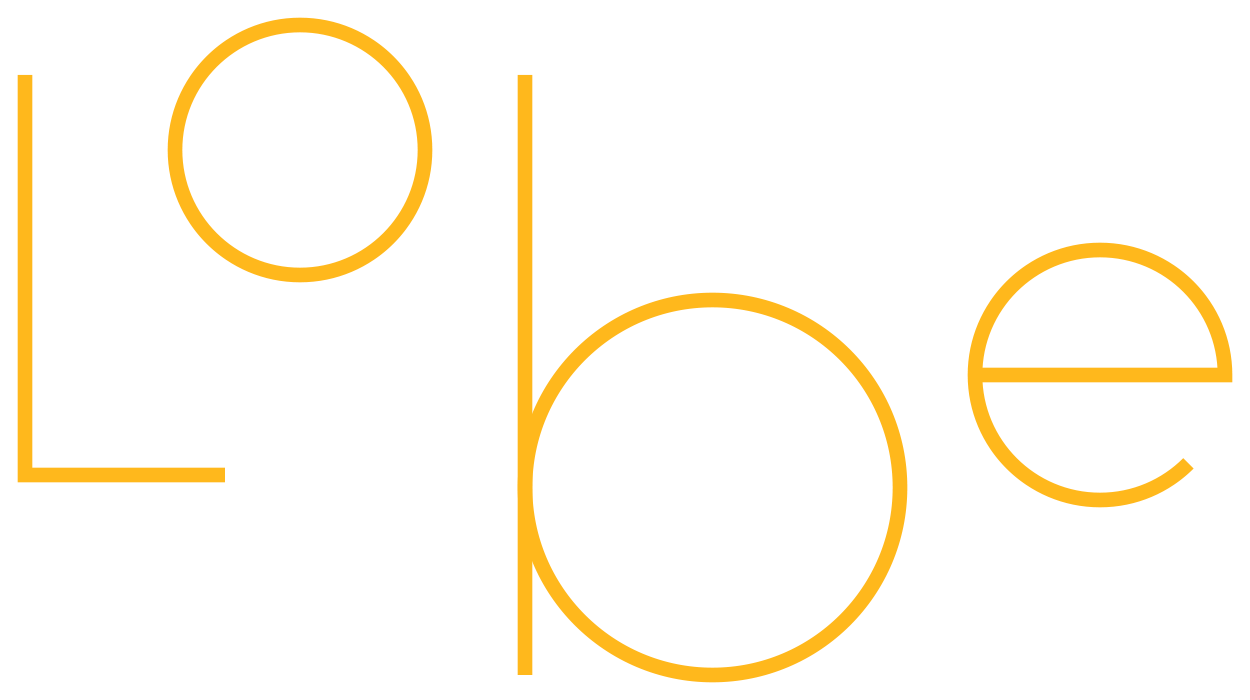Evan Dysart
Artist in Residence, September 2022
Evan Dysart is an Architect and artist based on the ancestral lands of the xʷməθkʷəy̓əm, Sḵwx̱wú7mesh and səlilwətaʔɬ nations, currently called Vancouver, Canada.
DYSAART is his current music project, inspired by the somber beauty of the pacific northwest, which explores the synthesis of ambient and dance music. The project combines field recordings, synthesizers and acoustic instruments to create aural atmospheres that challenge our perception of memory, place and space.
INVISIBLE ARCHITECTURE
INVISIBLE ARCHITECTURE is a reflection on and re-interpretation of Evan’s architectural masters thesis on acoustics and spatial perception. The composition explores and exploits the capability of our auditory system to evoke the intangible temporal feelings of space and place.
Using a series of “octophonic” spatial recordings, mixed with synthesized and natural sounds, the piece aims to elicit familiar, uncanny and surreal physiological experiences that transport the listener to a sequence of hyper-real and imaginary spaces.
[IN]VISIBLE ARCHITECTURE was the name of my 2012 architectural masters thesis. This project is close to my heart, as it’s taken 10 years to be in a place that I can finally realize and explore ideas that I developed during my thesis. Though the spatialization of recorded audio has been studied since the 1950’s, in 2012 when I was completing my thesis project, “accessible" modern spatial audio technology was in its infancy.
INVISIBLE ARCHITECTURE incorporates several “octophonic” recordings that I captured between 2011 and 2012. As a research tool into auditory spatial perception, I created a semi-anechoic listening chamber with an 8 channel “octophonic” speaker array (Octopod). I also created a custom mobile 8 channel recording rig that I could use to capture a building’s acoustic signature. I recorded a series of 10 spaces, and later had faculty and students listen to the multichannel audio through the Octopod. After each listening session I asked the participant to fill out a questionnaire on their experience, specifically about what qualities of the space they could ascertain from sound alone. I used these findings to develop an aural architectural language that could be used to reinforce or contradict the visual aesthetics of an architectural design.
The composition that I’ve created for Lobe uses the octophonic recordings and aural architectural language as a base to further explore spatial perception through audio. - Evan Dysart


